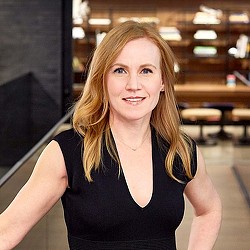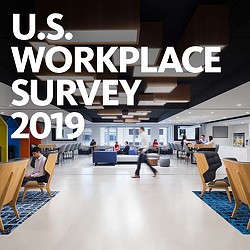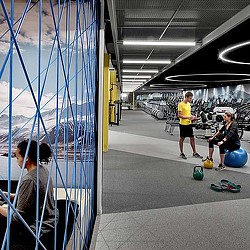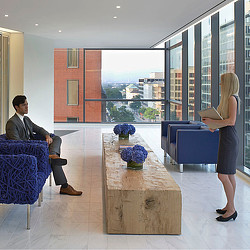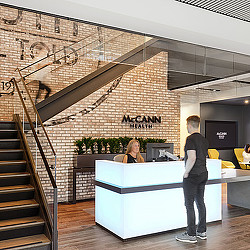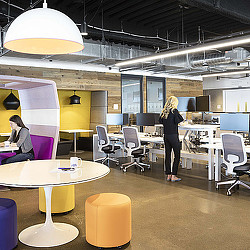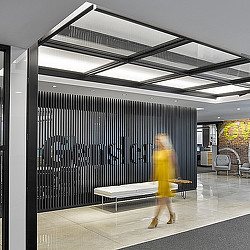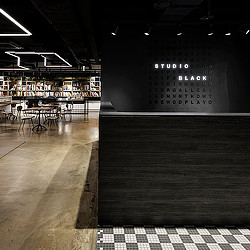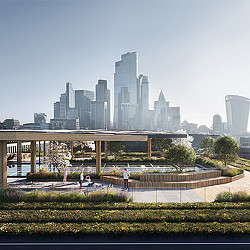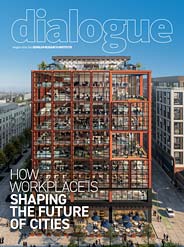Today’s companies are constantly looking for amenities that give them an edge attracting and retaining top talent. While many office perks are useful signifiers of a company’s culture and values, the amenities that have a measurable upshot on people’s experience and effectiveness at work are those that give people a choice of workspaces.
Gensler’s 2019 U.S. Workplace Survey found that the spaces that deliver the greatest impact connect directly to people’s most salient needs and preferences: quiet places to perform focused or individual work, and spaces connected directly to collaboration and group innovation. Amenities with a non-work focus, such as lounges and break rooms, deliver the smallest performance gains.
In fact, choice itself can be an important amenity. In today’s work-everywhere culture, having a variety of spaces to choose from is directly connected to a great workplace experience. An innovation hub or maker space, for example, can offer an alternative setting to one’s daily workstation, as well as an opportunity to work with a different set of tools and skills.
When evaluating which workplace amenities are worth the investment, there’s one key factor to remember: the most effective amenities aren’t meant as an escape. Rather, they’re designed to support workers’ freedom to be productive where they like, while instilling in them a sense of pride for the values, heritage, and future of the company.
THE TOP 5 WORKPLACE AMENITIES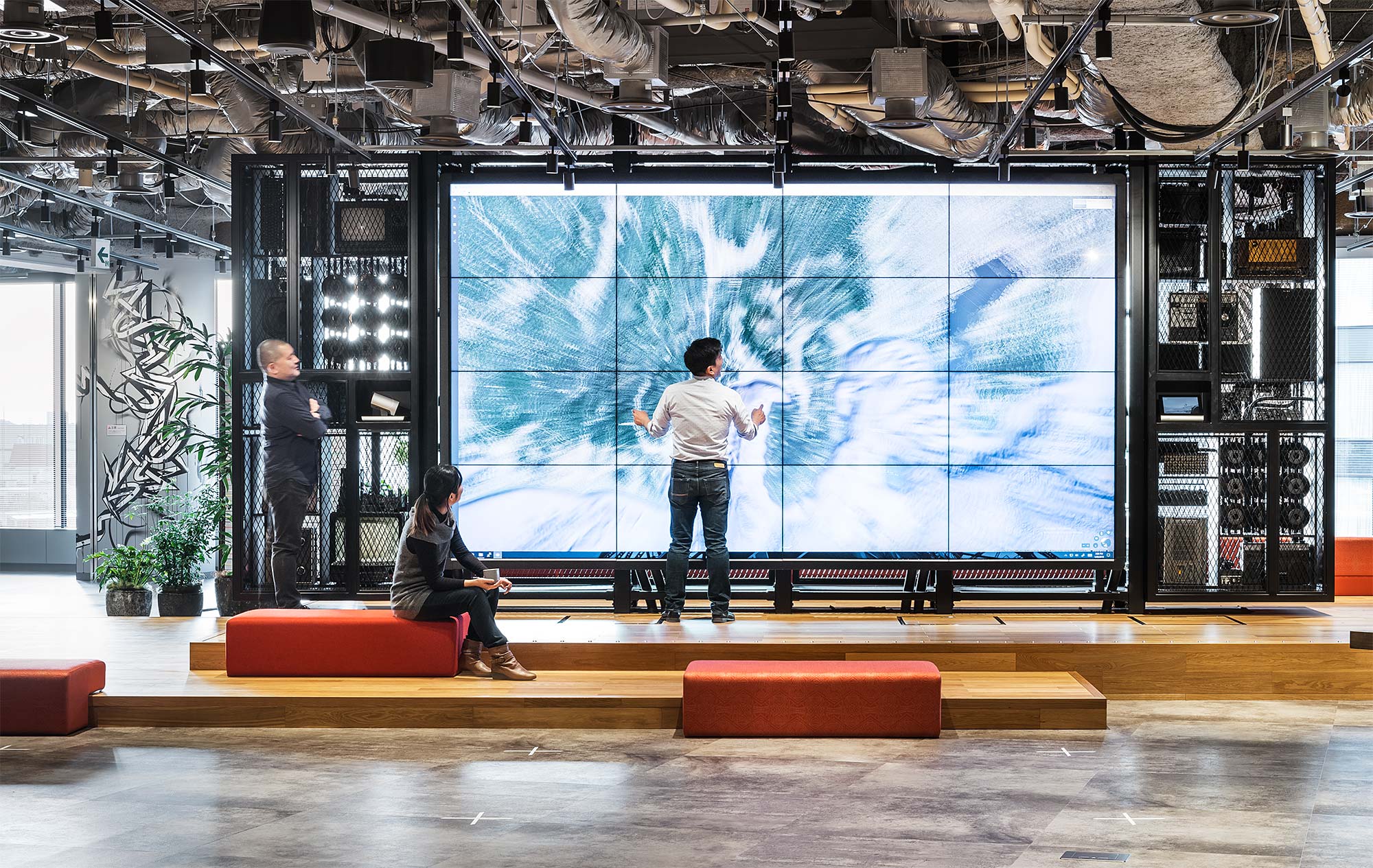
1. Innovation Hub: Accenture Innovation Hub — Tokyo
With a variety of spaces to support innovation, Accenture’s Innovation Hub in Tokyo is designed to accelerate the launch of services and strategies to market.
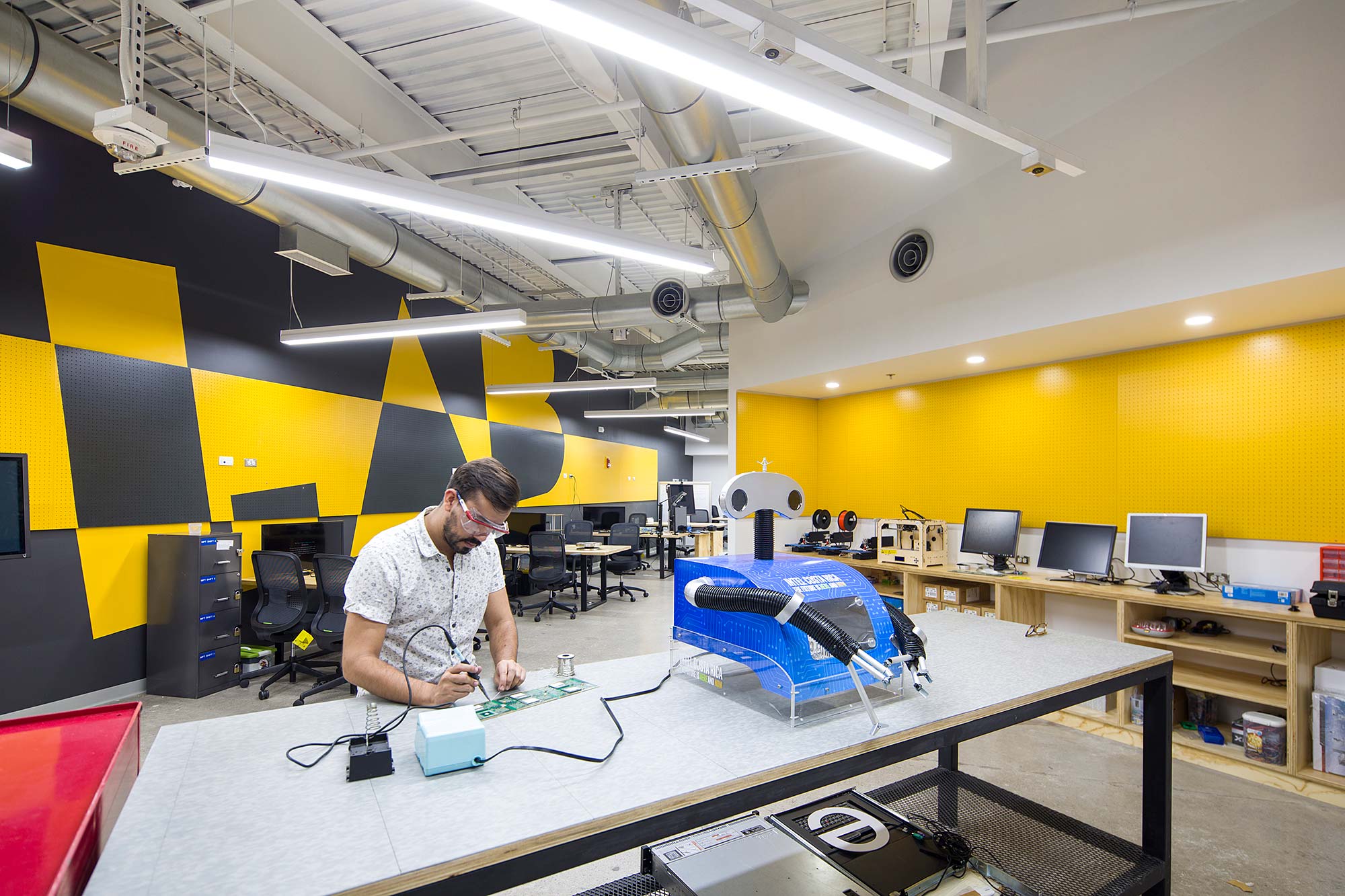
2. Maker Space: Intel Innovation Lab — Heredia, Costa Rica
Inspired by the process of discovery, Intel’s Innovation Lab includes a robotic lab, and other spaces for interactions, idea generation, and technology exploration.
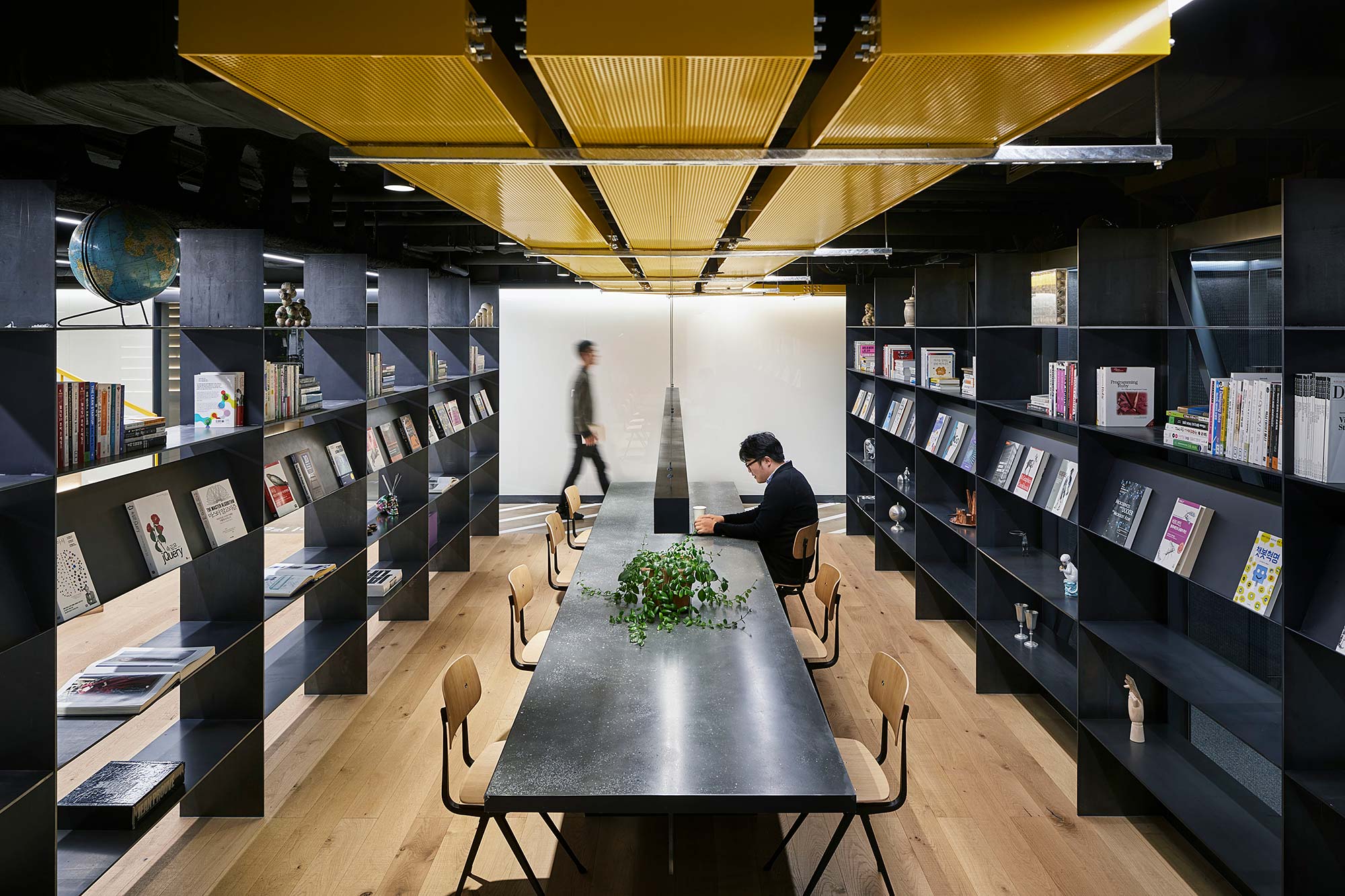
3. Quiet/Tech-Free Zone: Digital Hyundai Card Pixel Factory — Seoul
Hyundai Card’s Pixel Factory includes a variety of flexible, alternative work settings, including a library for quiet space.
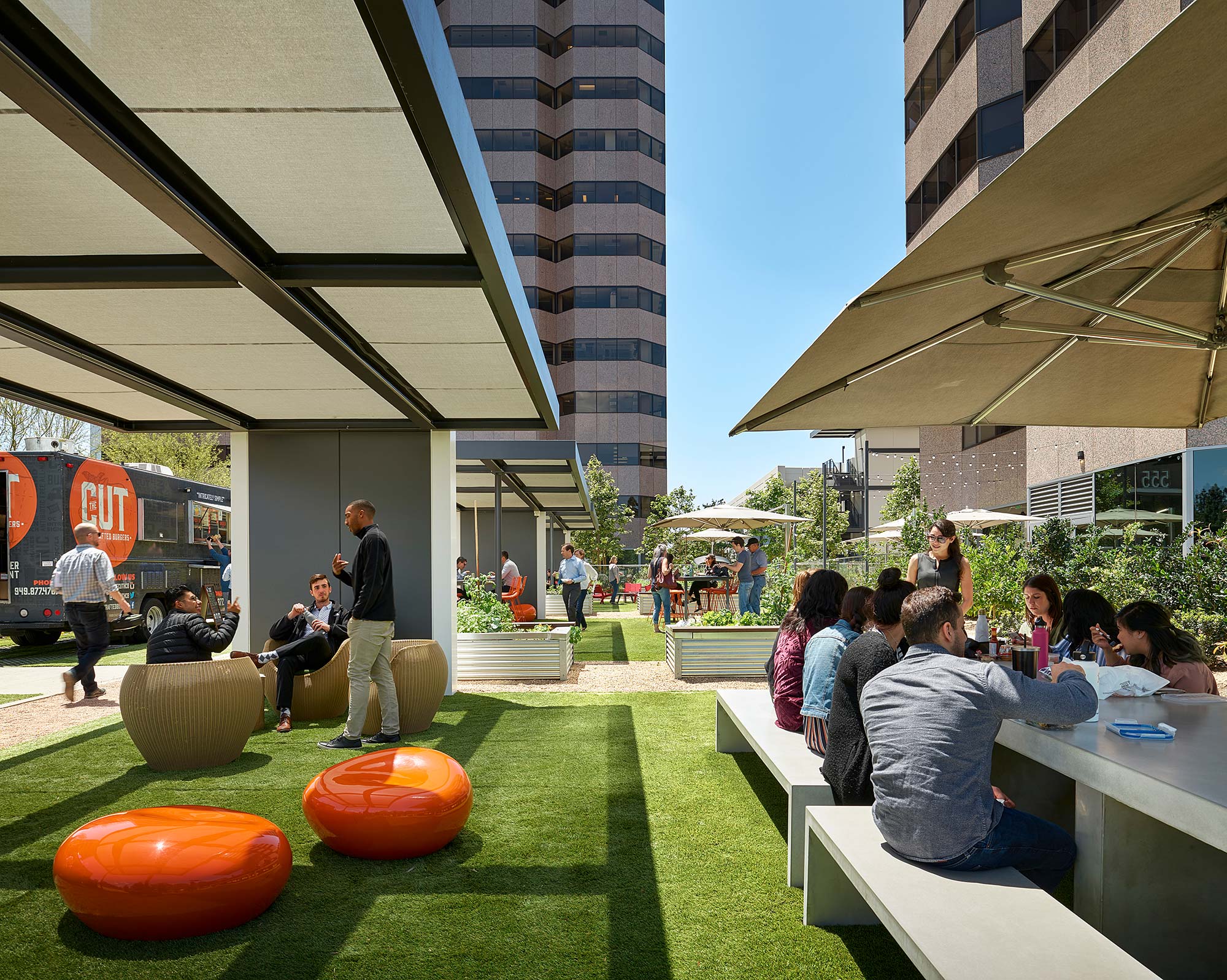
4. Outdoor Space: The MET — Costa Mesa, California
With an event green, outdoor social lounge, “Food Truck Runway,” and spacious courtyard that functions as a collaborative outdoor workspace, The MET is an amenity-rich office campus that offers a differentiated tenant experience.
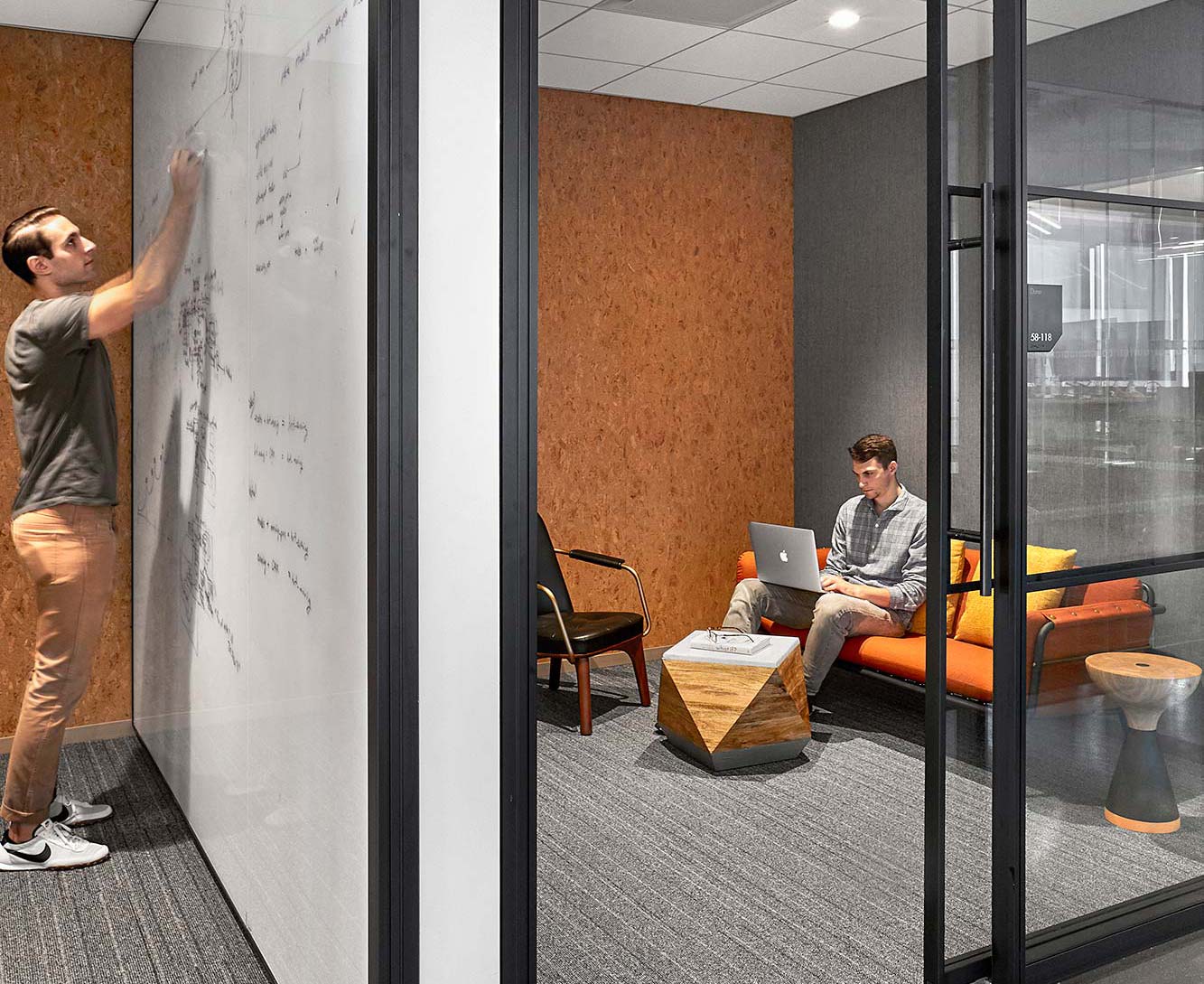
5. Focus Room: Hudson River Trading — New York
Hudson River Trading’s multi-level headquarters in 4 World Trade Center features a variety of amenities, including dedicated rooms for focus work and privacy.
WHICH AMENITIES PERFORM BEST?
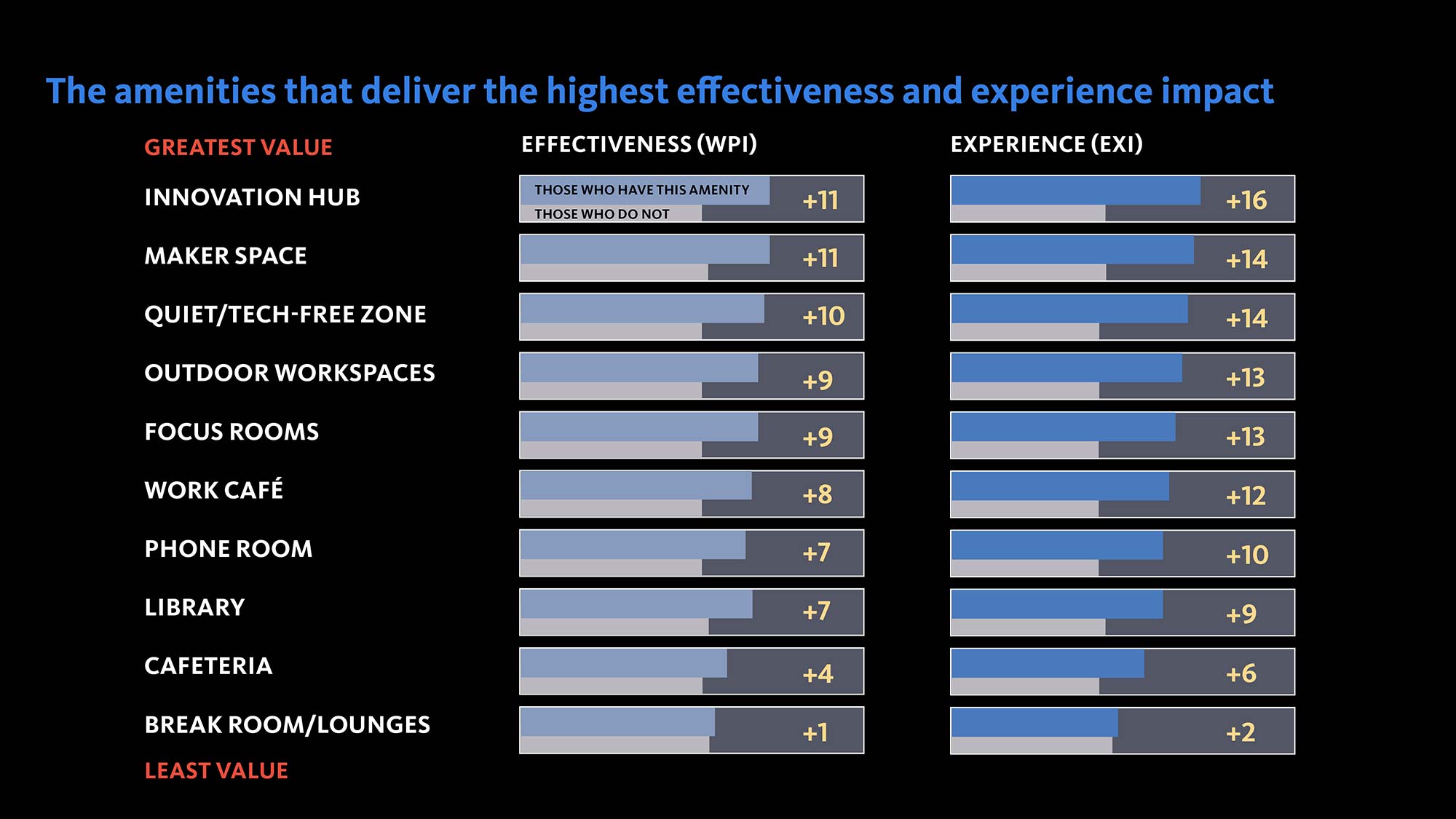
We came to a clear answer. By comparing the WPI and EXI scores of workplaces that do and don’t have a particular amenity, our data suggests that some investments may be justified while others are not. The spaces that deliver the greatest impact connect directly to people’s most salient needs and preferences: quiet places to perform focused or individual work, and spaces connected directly to collaboration and group innovation. Amenities with a non-work focus, such as lounges and break rooms, deliver the smallest performance gains.
Read more insights from Gensler’s U.S. Workplace Survey 2019
